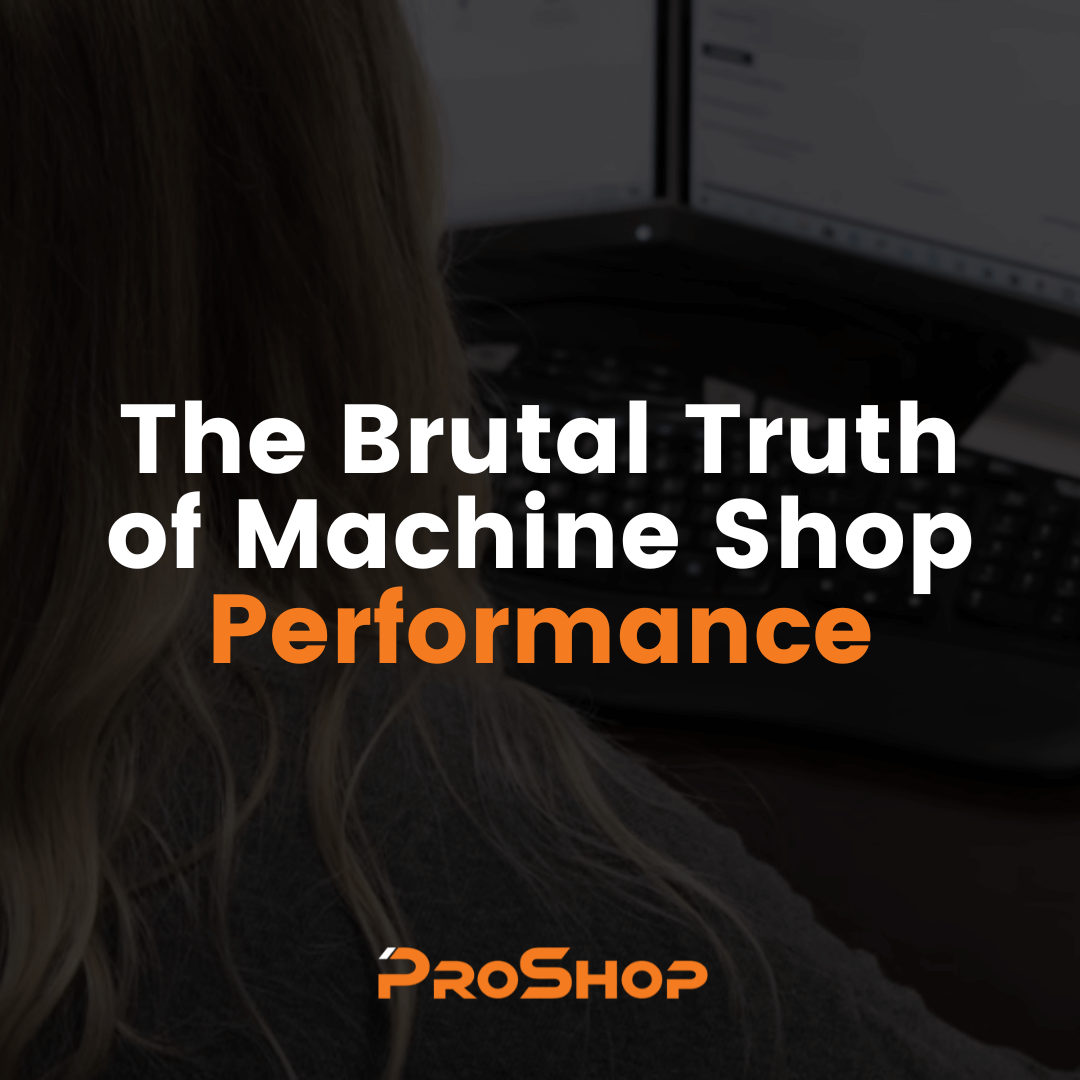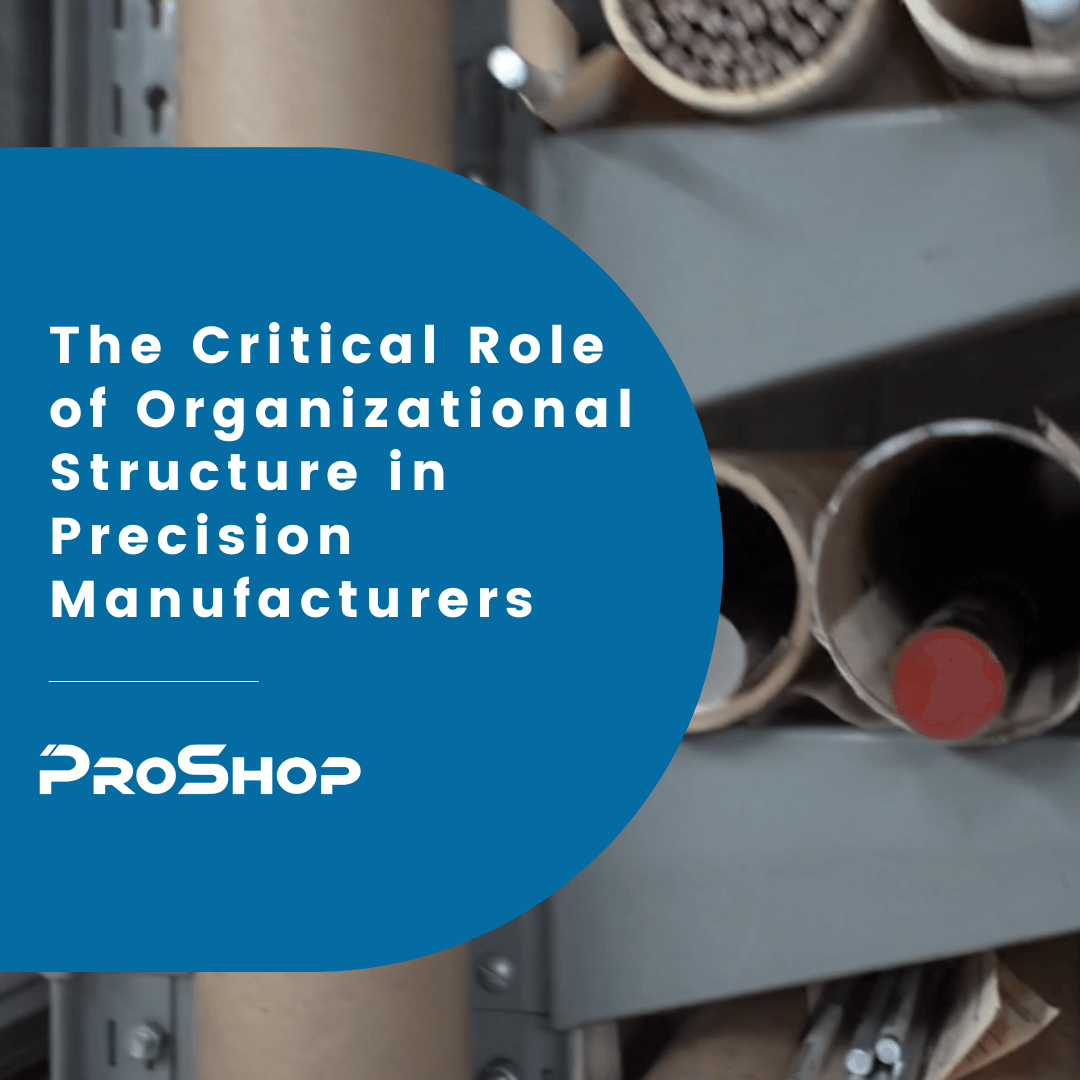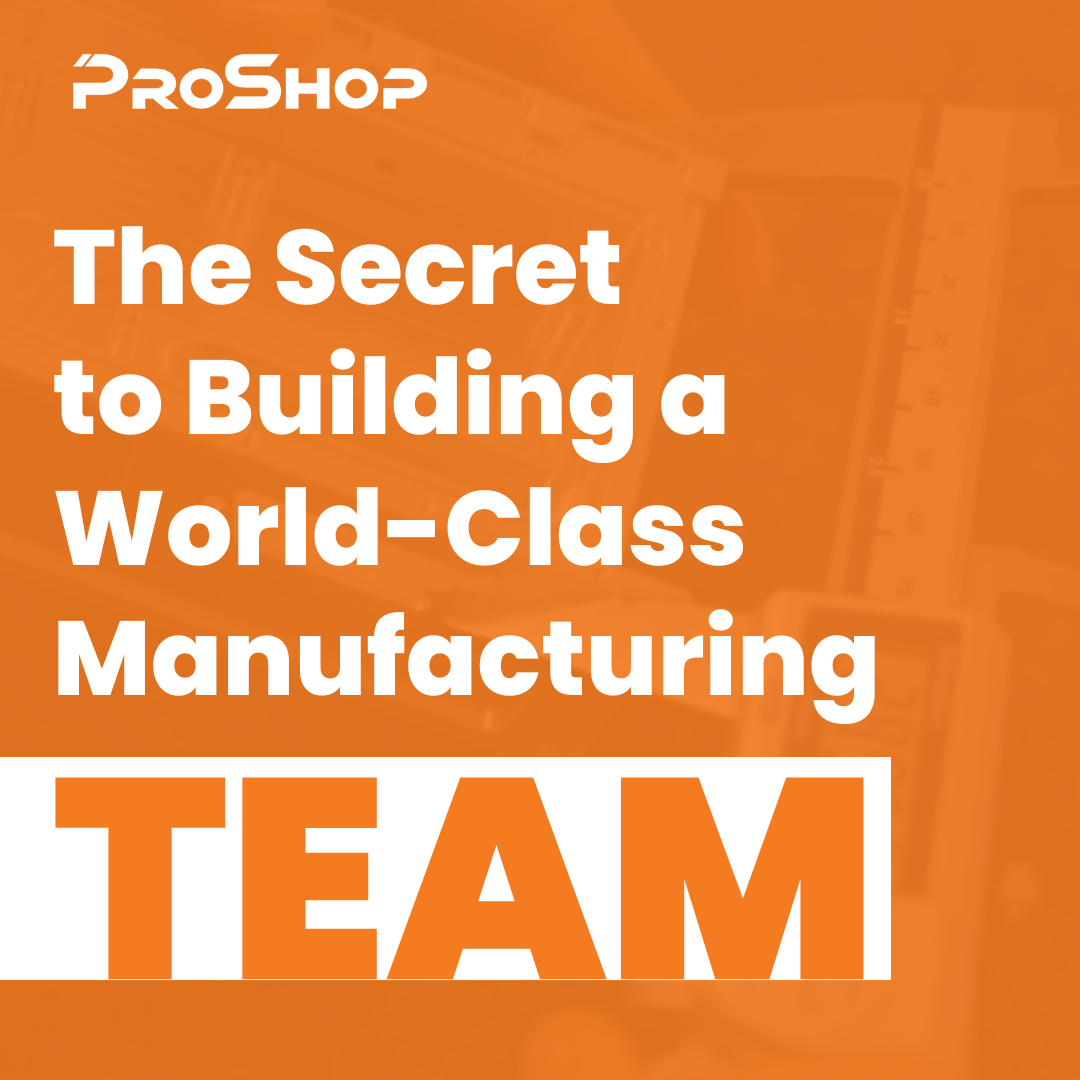Process
& Scheduling
Management
Maintenance
Management
& Inspection
& Material Planning
Financial Data
Management
By: Paul Van Metre
Non-Conformances (NCs) are unavoidable in any job shop or manufacturing process. Some are related to setting up and proving out new jobs or processes. Others happen during production when processes go out of control, tools break, humans make an error, etc. When parts need to be scrapped, reworked, or remade, costs can skyrocket! All manufacturing companies should endeavor to minimize scrap, root causes of scrap, and the cost of scrap, and data found in Non-Conformance Reports (NCRs) is the key to doing this.
When a non-conformance (NC) is identified, many shops consider those parts scrap immediately, and throw them in the garbage, the recycle bin, on the bottom of the cart, or otherwise don’t do any formal process to document what happened. When that happens, valuable information is lost that can help to improve the process to reduce NCs in the future. And also, parts that could possibly be reworked or use-as-is may be discarded unnecessarily. This is more understandable when the overhead cost to generate and manage a report of the non-conformance is too high. If filling out a paper NCR, submitting it to QC, scanning, filing, collating data in an Excel sheet takes a lot of time, the value may be questionable at first glance. In some shops, the decision to make an NCR or not is left to the discretion of the people involved, which means that there is no system, and some employees will create NCRs more often compared to others, skewing the data. If you ask these shops how much scrap costs them every year, or which reasons are the most frequent or costly, they likely will have nothing better than a gut feel.
Every time an NC happens, whether it’s “planned” (ie. setup pieces) or “unplanned” there is a root cause for that occurrence. Maybe it’s because a new CNC program has an error in it, or the wrong tool was selected from the tool crib. Maybe it’s because a part was misloaded in the fixture, a tool wore out and started cutting out of tolerance, or a part got dropped on the floor and damaged. There are many reasons NCs happen, some far more often than others. Regardless of the reason, NCs can be a very expensive problem. To help determine what the total cost is, and why the NCs are happening, it’s important to always make a non-conformance report (or an NCR for several parts of the same reason). A quote I like that best describes why this is important comes from the famous British physicist, Lord Kelvin: “What is not defined cannot be measured. What is not measured, cannot be improved. What is not improved, is always degraded.” With that in mind…
Top 7 reasons to make an NCR at the moment a non-conformance is identified:
Depending on the cost of the material, how far along in the manufacturing process the NC occurs, the cost to replace or remake the part, etc. the cost can vary considerably. If the data for the cause code of an NCR code is collected and analyzed on a Pareto chart, it will become apparent that some causes are much higher than others and far more expensive. These are likely the “lowest hanging fruit” and the best ones to focus on right away to reduce the cost of NCs. It’s through a formal MRB (Material Review Board) process, or a Management Review on a monthly or quarterly basis where those larger trends will be revealed.
In order to reduce the transactional and overhead costs of creating and dispositioning NCRs, the process should be digital. NCR creation should be tied into the inspection process and software should identify immediately if an inspection result is out-of-tolerance and allow instant creation of an NCR, and the software should pull all the meta-data about the part and job onto the NCR, including part number, work order number, client, work cell, operation, operator, dimension tag number, and more. When this is done, an alert should be sent to quality or management staff so that help can be immediately mustered if warranted. When all the NCR data is digital, has all the corresponding meta-data, and took just seconds to produce, it makes it very easy to then analyze that data on dashboards, helping management make the best and most timely decisions on what actions to pursue to reduce the cost of non-conformances in the shop. This can have immediate and positive effects on the bottom line of any shop, and the money that used to go towards dealing with NCs and scrap can be used to invest in the growth of the company.
Not surprisingly, the advice in that last paragraph about making the inspection and NCR process digital is exactly how ProShop works. Considering that the manufacturing staff is directly interfacing with ProShop at the work cell, the NCR creation process can be virtually instantaneous, getting machines running again while collecting that critical data needed for root cause analysis. When alerts are sent, quality staff or leads can be dispatched immediately to help support production and disposition parts right away when warranted. ProShop even allows for giving employees permission to only disposition to scrap, if the parts are clearly bad, but requiring QC staff or a lead to make the decisions about use-as-is or rework during an MRB process. Our Training Access Control feature even allows the ability to lock employees from editing the disposition field (or any field) until sufficient training is provided to the employee. Auditors love this feature!
When the time comes to evaluate NCRs at a monthly Management Review Meeting and take action, Improvement activities can be identified, NCRs can be assigned to staff, and Corrective Action Requests (CARs) can be generated with a tap of a button. NCRs can be easily and instantly analyzed from a part number perspective, by the machine, by the client, by the employee, by shift, and of course by cause and NCR code. This reduced overhead burden makes easy work on the administrative side of quality control, freeing up vast time from Quality Managers. In fact, many clients report freeing up about 50% of their Quality Manager’s time, allowing them to actually work on more strategic and money-saving activities and implementing measures to reduce NCs and the associated cost in the first place.


